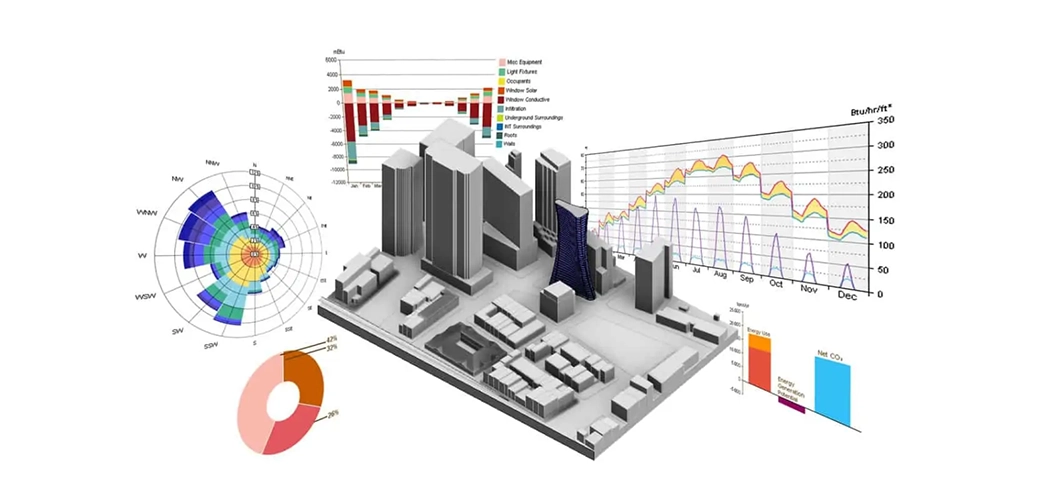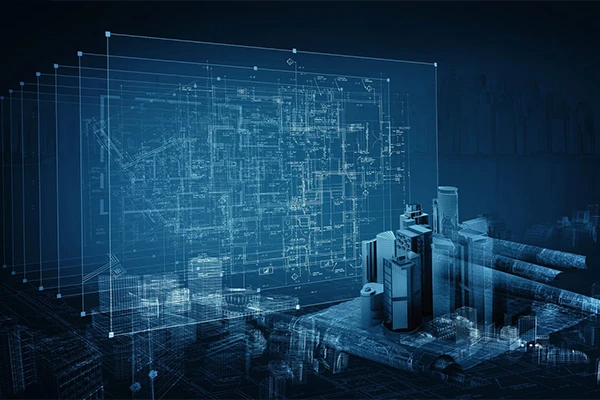
Best Practices for Accurate BIM-based Cost Estimation
While Building Information Modelling (BIM) continues to transform the world of architecture and construction, there is another benefit of implementing the model into your projects. And that is having control over cost and budgeting for a construction project.
In today’s blog, we will highlight the best practices that must be followed for accurate BIM cost estimation. Make sure that you read the blog till the end for informed decision-making.
Best Practices for Accurate BIM-based Cost Estimation
Here are the best practices for accurate BIM-based cost estimation.
1. BIM Integration at an Early Stage
If you wish to benefit from BIM throughout the lifecycle of a project, then you must ensure that it is integrated at an early stage. By doing so, you will be able to get access to accurate and detailed data while you are in the conceptualization stage. And that information will help understand the complexities of a certain construction project and determine the overall budget.
2. Collaboration ensures Success

You must be aware that BIM offers an effective collaborative workflow for all stakeholders. But it is you who should make the most of it. Here is why: when you are interacting with the rest of the project teams, you can keep up with the recent progress and also discuss possible threats to resolve them efficiently. This collaboration must also cover defining budgets and then progressing towards accurate cost estimation.
3. Standardized Data Inputs
Up-to-date and standardized data inputs are crucial for successful project delivery and ensuring stakeholders have access to accurate, high-quality data. A BIM consultant can help establish and maintain data standards within the BIM model. This ensures that all teams involved in cost estimation have access to consistent and reliable information.
4. Constant Data Monitoring

To ensure that all project teams are on the same page, it’s important to keep up-to-date with data uploading and monitoring. In addition to that, all the teams must understand that even an ongoing project can be changed or revised to reduce possible risks. When that happens, the teams should be able to access data that’s accurate and reflects the incorporated modifications. Revisiting the BIM model from time to time can ensure that your cost estimations are correct in every sense of the word.
5. In-depth Quantitative Analysis
When you incorporate BIM into your projects, you will be able to perform in-depth quantitative analysis. By doing so, you can get your hands on data that will help in understanding and evaluating material quantities and labor costs as well. In addition to that, you will also be able to determine the associated costs concerning materials and getting laborer’s on board.
6. Skill Development
While BIM is a successful tool when it comes to project management, it is also important to provide your internal teams with BIM-related training and skill development. Defining budgets and cost estimations is crucial for a construction project. So, when your teams have the relevant knowledge, they will be able to utilize the BIM tools for cost estimation the right way. We would also like to mention here if you wish to enjoy the maximum potential of BIM, you and your teams must always be open to learning new skills.
7. Value Optimization
By emphasizing value optimization techniques in your BIM model for cost estimation, you can ensure the implementation of cost-effective solutions without having to compromise on quality. Allow us to also mention that early integration of BIM in a project is also a value optimization technique. We would encourage you to integrate BIM at an early stage of your project so that you cannot only visualize but also analyses multiple situations and then choose the one that best suits the project requirements.
Future Trends to Follow for BIM-based Cost Estimation
As technology continues to evolve almost every day, BIM-based cost estimation tools will also advance with the passage of time. In this part of our blog, we will highlight some trends that you can follow to make the most of BIM tools for effective and accurate cost estimation. If you are associated with the construction and architecture industries, we suggest you welcome digitalization for your personal and commercial projects. By doing so, you will end up constructing infrastructures and buildings that will make you proud!
1. Integration of Artificial Intelligence (AI)

By integrating AI into your BIM model for cost estimation, you will be able to enjoy predictive analysis of all that will happen. The insights won’t just offer you the latest data but you would also compare historical data that is present in the system. By having access to diverse data, you can make suitable predictions for cost estimation.
2. Cost Estimation Parameters
When parametric cost estimation systems are developed, the stakeholders can have access to data that comes from multiple disciplines. That’s a trend to look out for as it can transform BIM-based cost estimation and offer project-wide information to work in a better way.
3. Sustainability Cost Analysis
There is a high chance that you hear the word ‘sustainable’ almost daily. Also, no other industry needs to adopt sustainable practices as much as construction and architecture do. Keeping that in mind, we can see a sustainable cost analysis being incorporated into BIM and rightly so. This advancement will allow the stakeholders to evaluate the sustainability costs for a certain project.
Recommended: How BIM Improves Sustainability in Construction Projects?
Limitations of BIM-based Cost Estimation

BIM models and the data derived from them have always proved to be fruitful for individuals and organizations for cost estimation. But there are also a couple of limitations attached to it. In this part of our blog, we would like to discuss those limitations so you can make knowledge-based decisions.
1. Non-material and Indirect Costs
Without making it sound redundant, we will once again mention that there is no about the fact that BIM models are extremely effective for project management, collaborative workflows and more. However, they are not smart enough to determine non-material costs, legal costs and other indirect costs.
2. Revision Costs
Unfortunately, there is more to it. For example; there is a high chance that your overall costs will be increased once you have gotten into the more dynamic stages of the project. And since you will have to modify or revise the BIM model accordingly to meet the updated scope of work, you will also have to face the impact of revisions in costs as well.
3. Model Complexity
Furthermore, complex BIM models can also be overwhelming, especially for those team members who are not familiar with modern building methods. Meaning that you will have to spend more on getting your internal teams trained or arranging organisation-wide skill development. All in all, it is safe to say that BIM, alone cannot determine the consolidated costs that will be spent during a project. And that’s where DDC Solutions steps in!
Allow us to share with you guys that when you hire our team of experts to work on your projects, we will ensure that you don’t have to face challenges related to timelines, budgets or project management for that matter. Our primary goal is to offer you bespoke solutions because we understand that not all construction projects are alike. To ensure that you enjoy technological advancements in building safe and sustainable environments, we smoothly implement BIM in your projects without causing any disruption.
Still not convinced? No problem! All you have to do now is to Get in touch with us right away and let our experts guide you on how we do things the DDC way by also ensuring that you get the desired results.


4 Responses